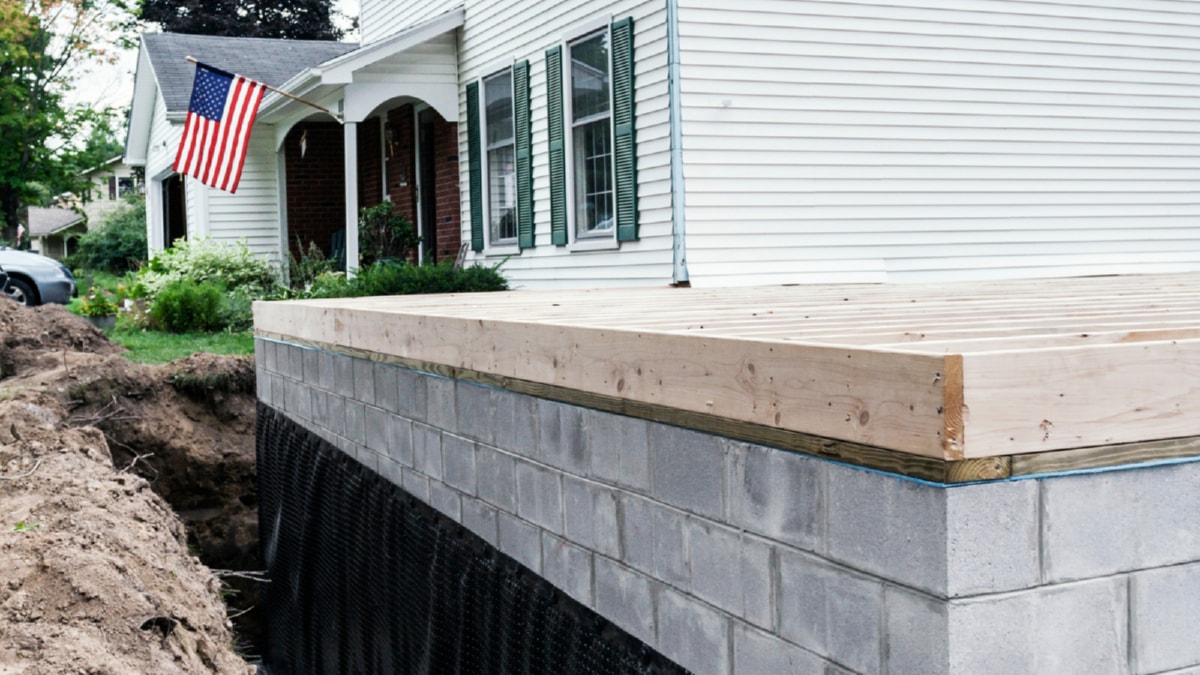The construction industry has long been a cornerstone of our global economy, shaping our cities and communities in countless ways. However, as we continue to confront the realities of climate change and environmental degradation, the industry is being compelled to innovate and adapt. The future of construction lies in sustainable practices that not only conserve resources but also promote health and wellbeing for both occupants and the broader environment.
One of the most significant trends in sustainable construction is the use of green building materials. These materials are typically renewable, non-toxic, and energy-efficient. They range from reclaimed wood, bamboo, and recycled steel to low-VOC paints and solar panels. As technology advances, we can anticipate the development of even more innovative materials, such as self-healing concrete that reduces the need for maintenance and repairs.
Another key trend is the rise of energy-efficient designs. These designs prioritize the optimization of energy use within buildings, reducing reliance on non-renewable energy sources. Techniques include the strategic placement of windows to maximize natural light, the installation of high-efficiency HVAC systems, and the incorporation of renewable energy sources, such as solar or wind power. The use of smart technology also plays an essential role in energy conservation, with intelligent systems able to monitor and adjust energy use within buildings continuously.
Water conservation is another area where sustainable construction is making strides. Rainwater harvesting systems, greywater recycling, and water-efficient fixtures are all becoming more commonplace in new builds. These systems not only reduce water consumption but also minimize the strain on municipal water supplies and wastewater treatment plants.
In addition to these tangible, technical aspects of sustainable construction, there is also a growing focus on creating buildings that promote health and wellbeing. This ‘biophilic’ approach to design emphasizes the connection between people and nature, incorporating elements such as indoor gardens, natural materials, and ample green space. Evidence suggests that these features can improve mental and physical health, increase productivity, and enhance overall quality of life.
Looking towards the future, we can also expect to see an increase in the use of construction techniques that reduce environmental impact. For example, modular construction, whereby components of a building are pre-fabricated off-site and then assembled on-site, can significantly reduce waste and emissions. Similarly, 3D printing technology has the potential to revolutionize the industry, enabling precise, waste-free production of building components.
In conclusion, the future of the construction industry is undoubtedly green. As we continue to grapple with the challenges posed by climate change, the adoption of sustainable construction practices will become increasingly critical. From the use of green materials and energy-efficient designs to the incorporation of biophilic elements and innovative construction techniques, the industry is poised for a transformation. Not only will these changes help to preserve our environment, but they will also create healthier, more sustainable communities for us all.
For more details, check best masonry services or visit their business listing here.



